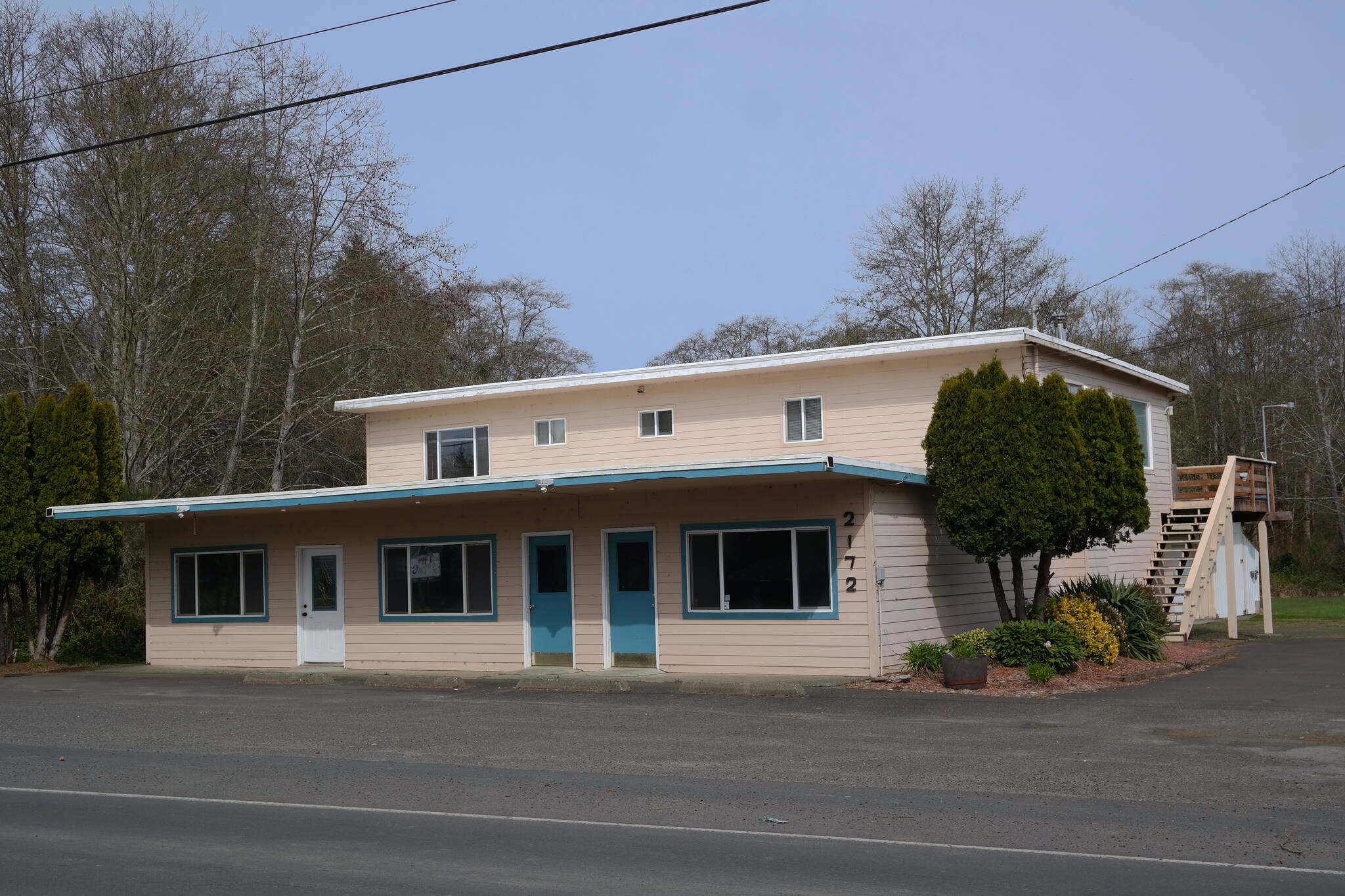Grayland resident Catherine “Kitty” Bryan is disheartened. After several attempts to halt the construction of a new Dollar General franchise in her beachside community, she sees any further attempts at stopping the chain store from finding a home there as “long shots.”
The new Dollar General project, known as Grayland General Retail, comes from Woodcrest Real Estate Ventures in California. The proposal is to construct an approximately 10,640-square-foot building located at 2172 State Route 105, just a stone’s throw away from the Pacific Ocean.
According to a State Environmental Protection Act (SEPA) checklist submitted by the applicant, the proposed building phase would begin in June, with work completed in October.
The SEPA process identifies and analyzes potential environmental impacts of government decisions, such as issuing permits for private projects. It brings together community stakeholders, including members of the public, to understand how the proposal may affect the environment.
According to Bryan and some other Grayland community members, the proposal “presents zoning and environmental impact concerns.” Whether local and state agencies are inclined to agree with them largely remains to be seen.
In the eyes of Woodcrest Real Estate Ventures Project Manager Jonas Dyer, there isn’t any major controversy with regards to the project.
“We’re trying to build a store. We’re going through the process, people are having their voices heard, and everyone has the opportunity for public comment,” he said.
Bryan intends to make her voice heard. She moved to Grayland because it was a rural, scenic, and located along a recreational highway with small businesses.
“There are no ‘box stores’ located on State Route 105 between Raymond and the intersection with Highway 12. If you look at the character of the small businesses versus the Dollar General, it’s a wipeout,” she said.
Erin Muir-Holerud, who owns Grayland Beach Outfitters, operates her store out of a building that is more than 100 years old. Like Bryan, she fears that the introduction of chain stores to the community will disrupt the quiet, beachy vibe that residents enjoy.
“We don’t need it, we don’t want it,” she said. “As a community, shouldn’t we have a say in how our little city grows?”
As an unincorporated community, decisions regarding planning and permitting in Grayland are deferred to the county. Bryan and Muir-Holerud represent a larger consortium of residents that are concerned not only about the aesthetics of their small town, but of the environmental impacts chain stores could have on the wetland areas nearby.
“This is a wetland, you have to embrace the area to live here. They’re going to pave right up to the wetland buffer, and there are concerns that it will become the first to open the door to other ‘box store’ businesses to build on the wetlands,” said Bryan.
Woodcrest Real Estate Ventures previously requested permission from the Grays Harbor Board of Adjustment for two variance requests. The first was to place an impermeable barrier over 0.51 acres of identified wetland buffer. The second request was to build to within 10 feet of the southern boundary instead of the required 28 feet.
Residents are concerned that 30 proposed parking spots for the Dollar General building would contribute to increased flooding in the area.
At the March 14 Board of Adjustment meeting, the board did not vote on the two variance requests. A special meeting to determine an outcome is still pending.
“We wouldn’t even have known about the meeting unless someone told us about it, so we wrote a petition. We only had three or four days, and we submitted 110 signatures opposing it,” said Muir-Holerud.
While Grayland residents may feel that the proposed building may have a negative impact on the area’s wetlands, official findings from consulting agencies disagree.
On March 17, after review of the SEPA checklist, the Grays Harbor County Planning and Building Division issued a Determination of Non-Significance (DNS). The written decision, made by Grays Harbor County Planning Division Planning and Building Director Suresh Bhagavan, confirms the proposal is not likely to have a significant adverse environmental impact.
“Reviewing the wetlands again would be a direction from the Board of Adjustment, so it’s up to them to determine that,” said Bhagavan. “Right now we need to determine if the project meets the criteria of the Grays Harbor County code, and if yes, that’s how we approach the review of the application.”
Those opposed to the project had until April 7 to file an appeal of the DNS to Superior Court, but according to Bryan, they were unable to file due to time constraints.
According to Bhagavan, all comments on the proposed project have been reviewed, and it is now up to the Board of Adjustment to determine if the zoning variance requests will be approved or not.
“If this passes, I don’t know what will happen other than people will picket in front of it. No one wants it, we don’t have any chain stores here,” said Muir-Holerud.



